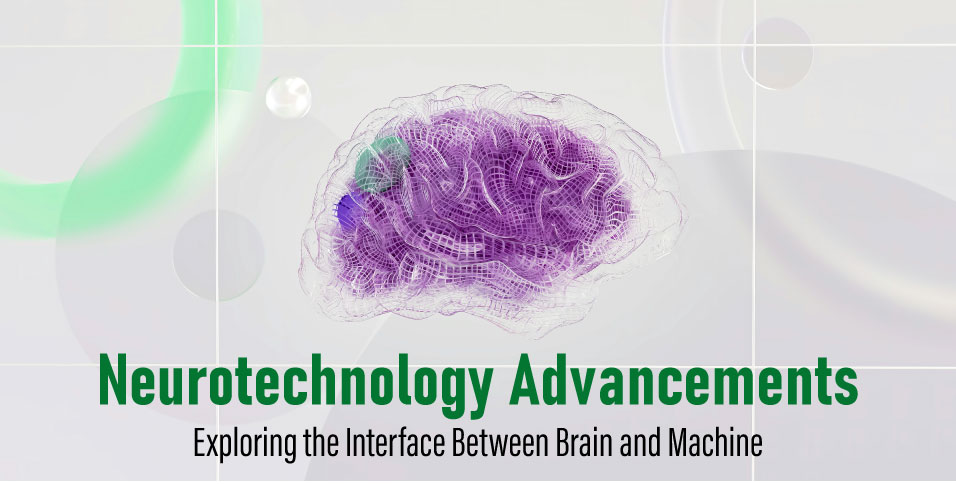In the rapidly evolving landscape of technology, a groundbreaking frontier is emerging – the intersection of neuroscience and technology. Neurotechnology, a field that explores the integration of machines with the human brain, is witnessing remarkable advancements that hold the promise of transforming the way we interact with technology, even with new mobile casinos 2024, and understanding the complexities of the human mind. In this article, we delve into the exciting world of neurotechnology, exploring the innovations that are bridging the gap between the brain and machines.
Understanding Neurotechnology
Neurotechnology refers to the application of technology to understand, repair, and enhance the human brain’s functions. It encompasses a wide range of tools and devices designed to interact with the nervous system, opening avenues for medical treatments, research, and even enhancing human capabilities. As product owner – Tony Sloterman explains, the ultimate goal is to create a seamless interface between the brain and machines, unlocking unprecedented possibilities.
Brain-Computer Interfaces (BCIs)
One of the most groundbreaking aspects of neurotechnology is the development of Brain-Computer Interfaces (BCIs). BCIs are devices that enable direct communication between the brain and external devices, allowing individuals to control computers, prosthetics, or even smart devices using their thoughts. Recent advancements in BCI technology have shown promising results, particularly in assisting individuals with paralysis, giving them newfound independence and control over their environments.
Neurofeedback for Mental Well-being
Neurofeedback, another facet of neurotechnology, focuses on real-time monitoring of brain activity to provide individuals with insights into their mental states. This technology allows users to learn to regulate their brain activity, potentially offering therapeutic benefits for conditions such as anxiety, ADHD, and stress. By providing individuals with a tool to better understand and control their brain functions, neurofeedback holds promise for promoting mental well-being.
Cognitive Enhancement
Neurotechnology is also venturing into the realm of cognitive enhancement, exploring ways to boost human cognitive functions. While still in its early stages, researchers are investigating the potential of brain stimulation techniques to enhance memory, attention, and learning. This area of neurotechnology raises ethical considerations but also offers the prospect of empowering individuals to unlock their full cognitive potential.
Virtual Reality and Neurostimulation
The marriage of virtual reality (VR) and neurostimulation is creating immersive experiences that directly engage with the brain. VR environments combined with neurostimulation techniques can enhance the sense of presence and immersion. This synergy has applications in various fields, from gaming and entertainment to therapeutic interventions, providing a novel way to interact with virtual worlds.
Treating Neurological Disorders
Neurotechnology is making significant strides in the treatment of neurological disorders. Deep Brain Stimulation (DBS), for instance, involves the implantation of electrodes in specific areas of the brain to alleviate symptoms of conditions like Parkinson’s disease and essential tremor. As neurotechnology advances, more precise and targeted therapies are being developed, offering hope to individuals with challenging neurological conditions.
Challenges and Ethical Considerations
While neurotechnology holds immense promise, it also raises ethical concerns and challenges. Issues related to privacy, consent, and the potential misuse of neurodata must be carefully addressed. As technology continues to interface with the intricacies of the human brain, ethical frameworks and regulations become crucial to ensure responsible and equitable development in the field.
The Future Landscape
The future of neurotechnology is filled with exciting possibilities. Researchers are exploring nanotechnology for more precise interventions at the cellular level, optogenetics for controlling brain cells with light, and advanced brain imaging techniques for a deeper understanding of neural networks. As these technologies mature, they have the potential to revolutionize not only healthcare but also education, communication, and human-machine interactions.
Also read: Neurodevelopmental Problems in Infants Are Associated With Maternal Weight Gain During Pregnancy
















